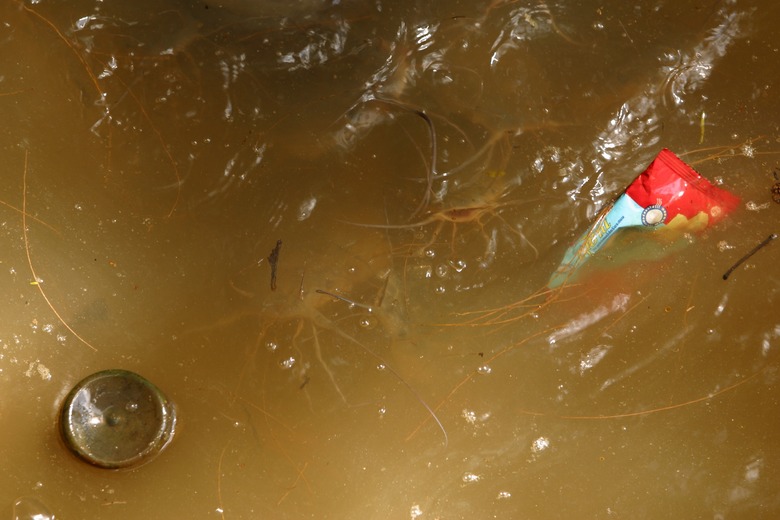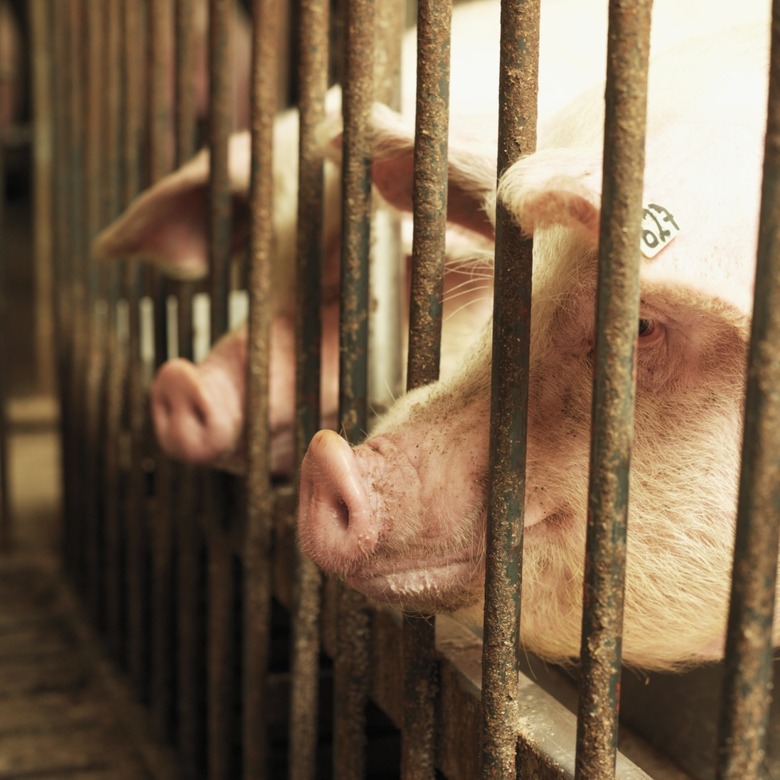Pollution At Cape Fear River
Imagine floating along in slow-moving, amber-colored waters, passing slowly by seasonal wildflowers and ancient forests while rare birds fly overhead. Now, picture those same waters teeming with fecal bacteria, sediment, and toxic substances derived from surrounding land uses. Both scenarios describe the Cape Fear River Basin. The basin covers more than 9,000 square miles in North Carolina; 35 percent of its streams are threatened, and 18 percent are impaired by pollutants caused by land use.
Pollutant Sources
Pollutant Sources
Land use within the Cape Fear River system runs the gamut from large urban centers to timber harvesting and high-density animal feeding operations. Animal feedlots that support turkey, chicken and hog production constitute one of the watershed's largest industries. These varied land uses contribute to the pollution problems within the basin. Each source alone might not have much of an effect. But the combined effects of all the region's land uses result in extensive loss of quality habitat.
Pollution Effects
Pollution Effects
The industries that energize the regional economy also burden the basin's environment with pollutants. Sediment and fecal bacteria affect almost 376 miles of the basin's streams. Construction sites and timber production add massive amounts of sediment to flowing waters. Industrial feedlots add hefty amounts of nutrients and fecal bacteria to the watershed. The resulting pollution is responsible for cloudy silt-laden waters, population explosions of algae, dangerously low oxygen levels, less diversity of wildlife and fish kills.
Reversing Pollution Trends
Reversing Pollution Trends
Local cities, streamside industries, environmental groups and regulatory agencies now work together in a variety of partnerships to improve the water quality in the Cape Fear River Basin. The partnerships provide funding, water quality sampling, environmental protocols for development and public education. These efforts have enjoyed substantial success: more effective technology in wastewater treatment plants, fewer permit violations by industries within the basin, and use of management best practices for stormwater pollution prevention.
Expected Outcomes
Expected Outcomes
Although improved land use practices have eased pollution in the basin, there is still work to do. Identifying pollution control responsibilities, adopting sustainable land use practices and use of low-impact development strategies will improve environmental conditions throughout the basin .
Restoring habitat within the river system will enable populations of important wildlife species to grow. And cities that rely on the river for their water supply, recreational opportunities and tourism can expect benefits from a cleaner, stonger river ecosystem.
Cite This Article
MLA
Bratcher, Rory. "Pollution At Cape Fear River" sciencing.com, https://www.sciencing.com/pollution-cape-fear-river-4854/. 24 April 2017.
APA
Bratcher, Rory. (2017, April 24). Pollution At Cape Fear River. sciencing.com. Retrieved from https://www.sciencing.com/pollution-cape-fear-river-4854/
Chicago
Bratcher, Rory. Pollution At Cape Fear River last modified March 24, 2022. https://www.sciencing.com/pollution-cape-fear-river-4854/

